OnePlus 12
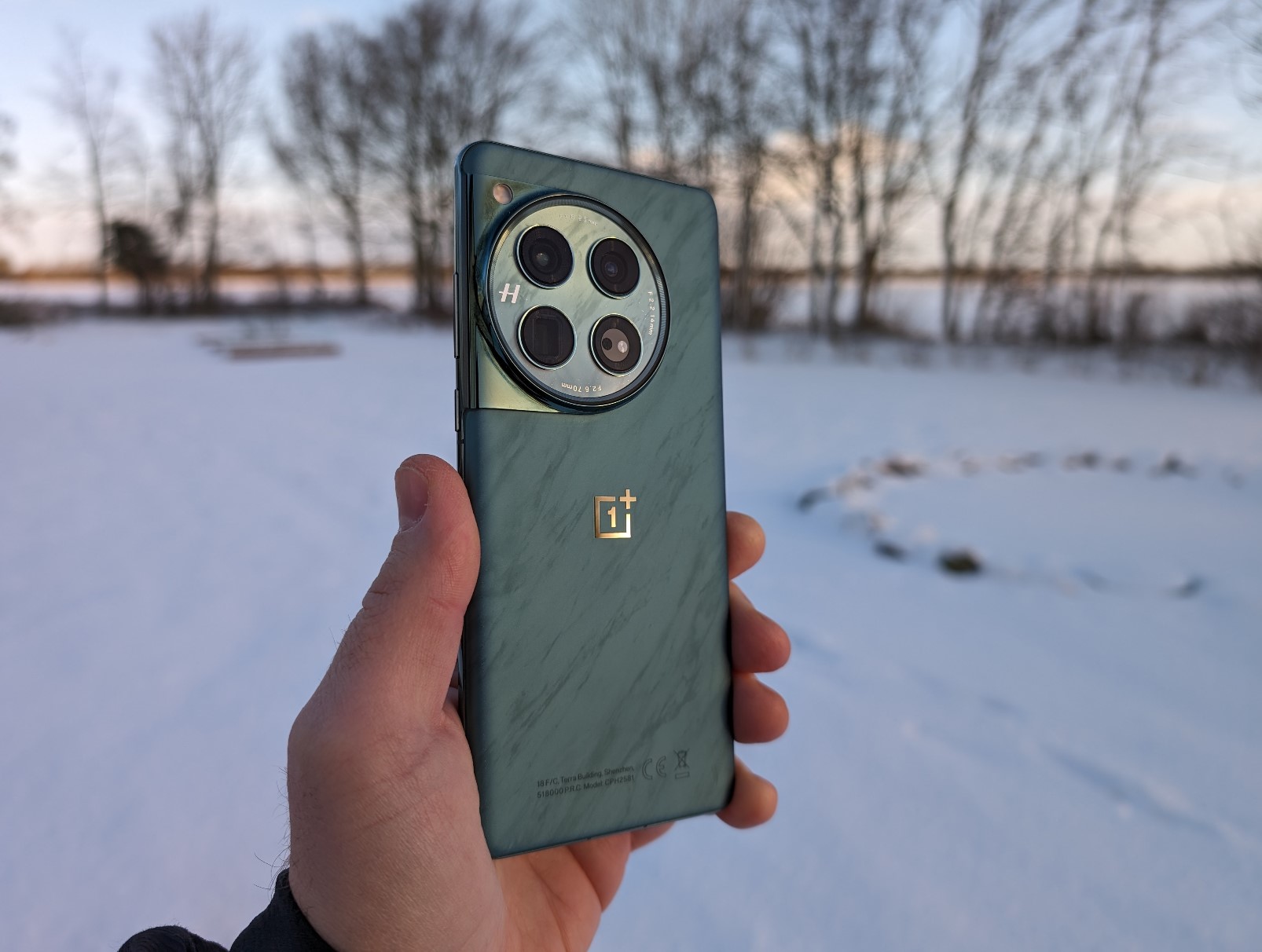
Central Specifications
- Snapdragon® 8 Gen 3 mobile platform
- Super fast 100 W SUPERVOOC charging
- 50 W AIRVOOC wireless charging
- 4th Generation camera system in collaboration with Hasselblad
- 2K 120 Hz ProXDR OLED screen with peek brightness of 4500 nits
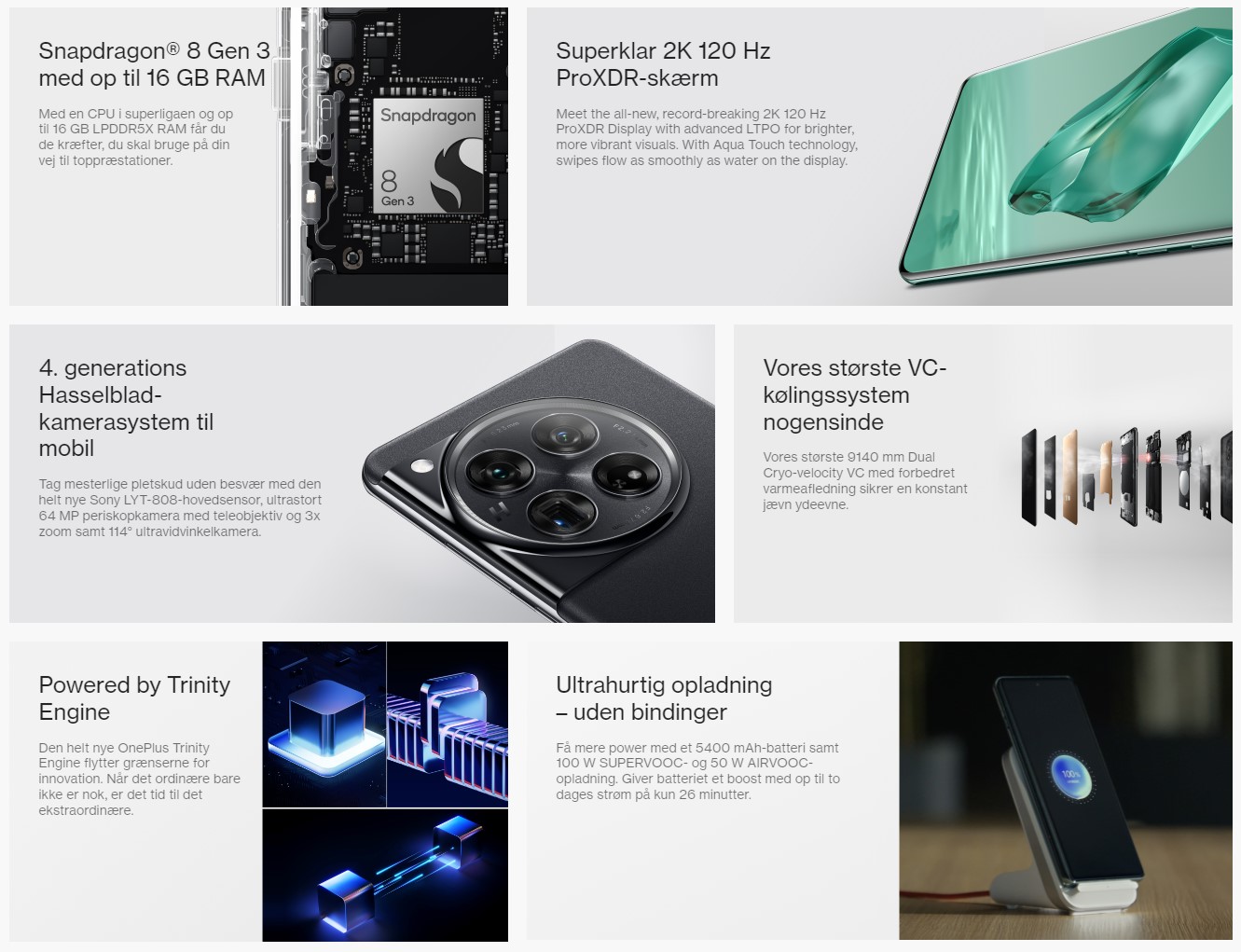
The key points here are of course the system powered by the latest Snapdragon 8 Gen 3 mobile platform, which should provide all the makings of a fast phone.
There are a few storage and RAM configurations, but our test model came in the larger version with 512GB of storage and 16GB of RAM.
It is also worth noting the large 6.82" QHD+ 120 Hz screen, with a dazzling peek brightness of 4500 nits.
A tour around the OnePlus 12
OnePlus hasn't spent a lot of time reinventing the deep dish with the OnePlus 12. The design is incredibly similar to the OnePlus 11. Even side by side, at a quick glance, it can be hard to tell which one is the new one .
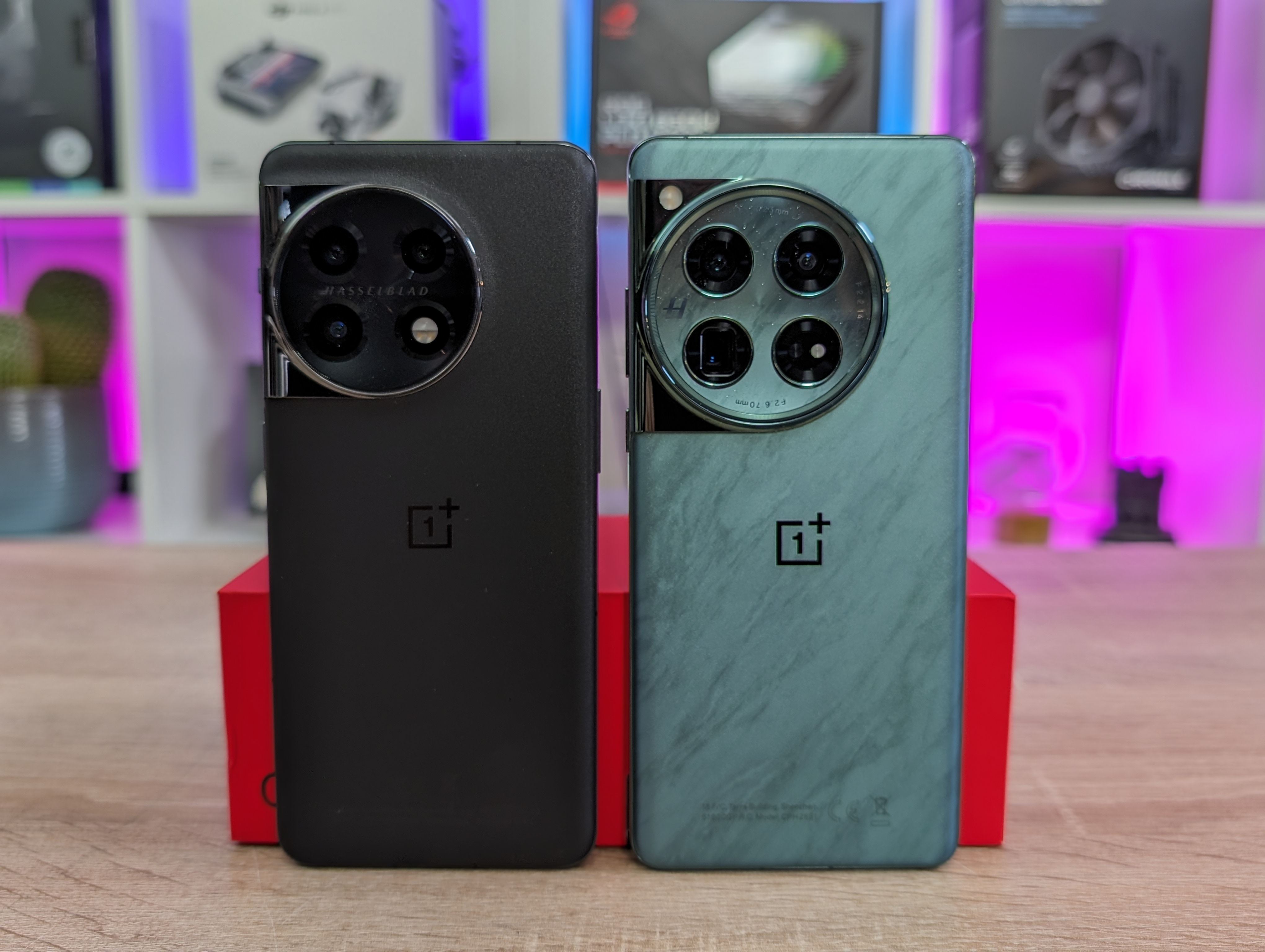
It's the same rounded shapes that repeat all the way around, which means it's comfortable to hold. However, it can also be a little on the smooth side, as the rounded shapes slide off you more easily.
The screen has become a bit larger this time, but it is still rounded shapes here as well. The screen curves slightly at the sides, which I personally would have preferred it not to do. Here, a completely flat screen would be preferable in my book. OnePlus is now one of the only manufacturers to stick to that style in their Flagship phones.
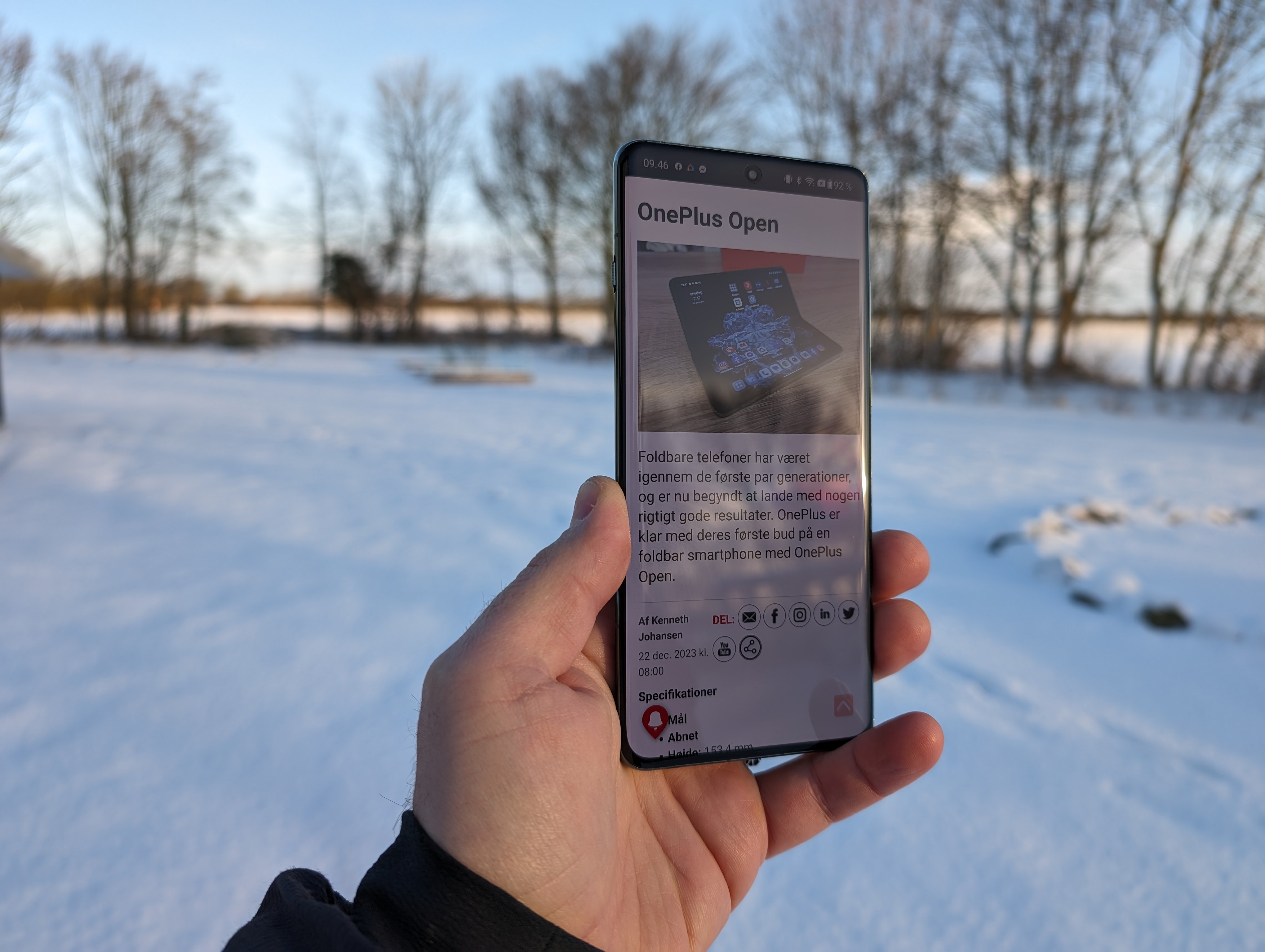
However, the screen itself is impressively beautiful. 6.82" with a resolution of 3168 x 1440 and a refresh rate of up to 120Hz means that it is a pleasure to look at. Combining that with an impressively high peek brightness of 4500 nits means that you have a screen that can reads well in all conditions.
For some reason, OnePlus has chosen to change the location of their buttons on the side of the phone. The last two generations have had the Power and Alert Slider on the right side, while the volume was on the left. With the OnePlus 12, Power and volume are grouped together on the right side, while the Alert Slider has got its own place on the left side.
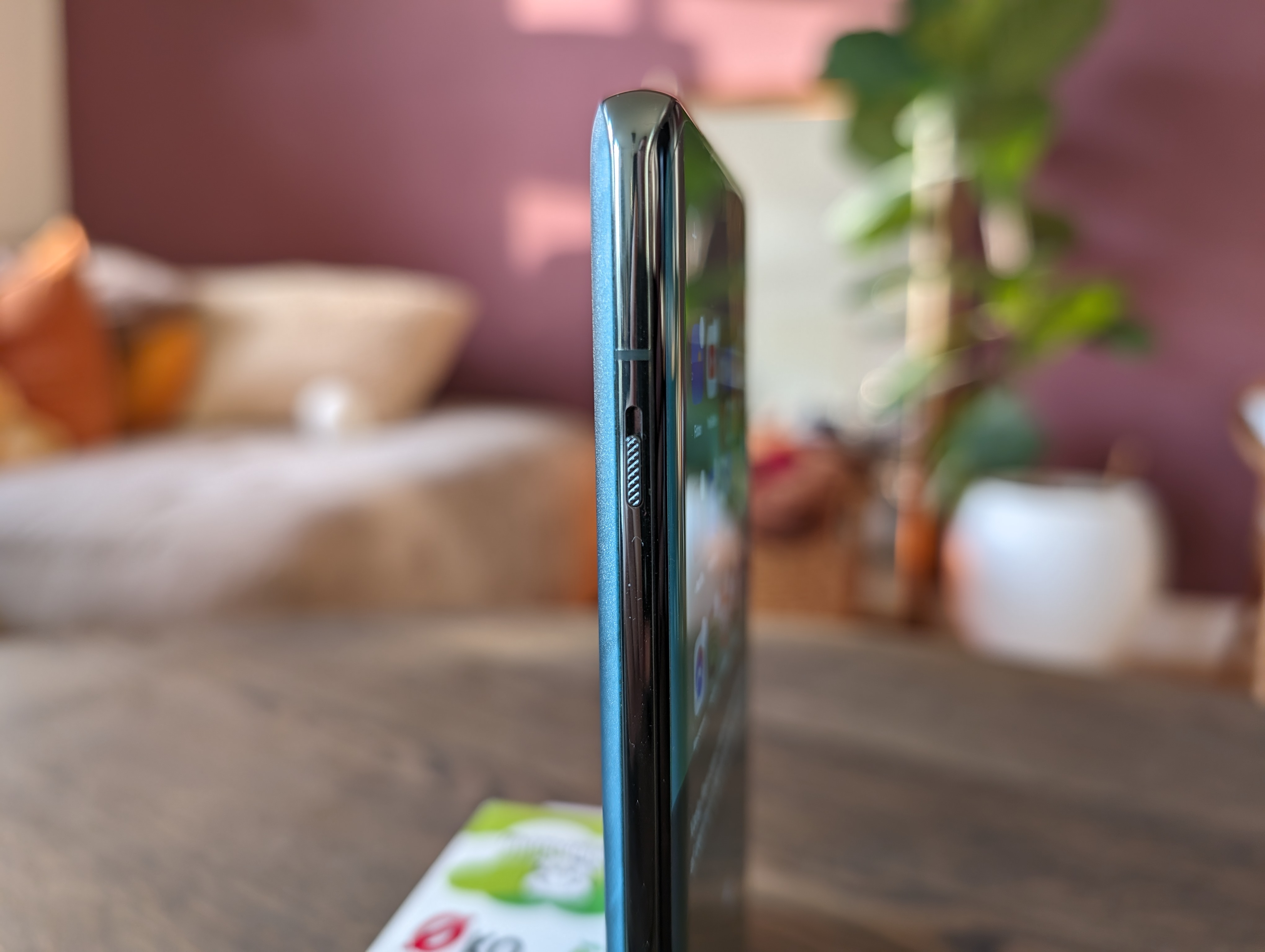
Not that they change much, but if you were used to the previous layout, you just have to get used to it.
At the bottom we find the SIM card slot together with a speaker and then the USB C connector, which can be used to charge the 5400 mAh large battery. OnePlus is known for their super fast charging and it is no different with the OnePlus 12, which comes with a 100W charger SUPERVOOC in the package.
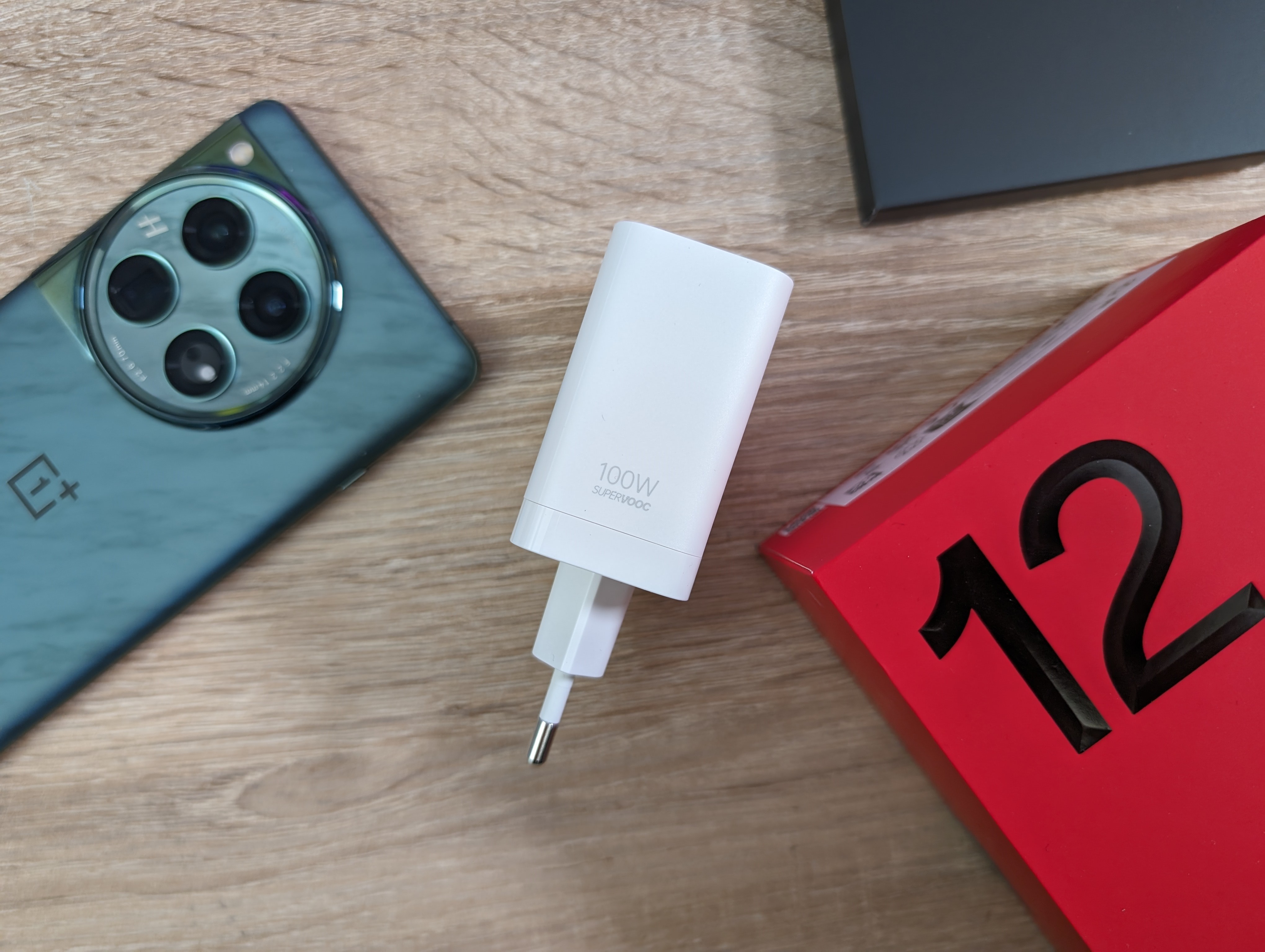
With it, you can charge the entire large battery from 0% to 100% in just 26 minutes. Wireless charging has also been added to the OnePlus 12. There is also speed with support for up to 50W wireless charging. This means you can charge your phone wirelessly in less than an hour!
In order to achieve those speeds, however, you need to buy the special OnePlus AIRVOOC wireless charger for the purpose.
At the top of the phone we can also see that OnePlus is still sticking to adding an IR transmitter. It's a nice little feature that means you can code the phone to act as a remote control for your devices in the home. Here, for example, I could set it up in a few minutes to be able to control my Samsung TV.
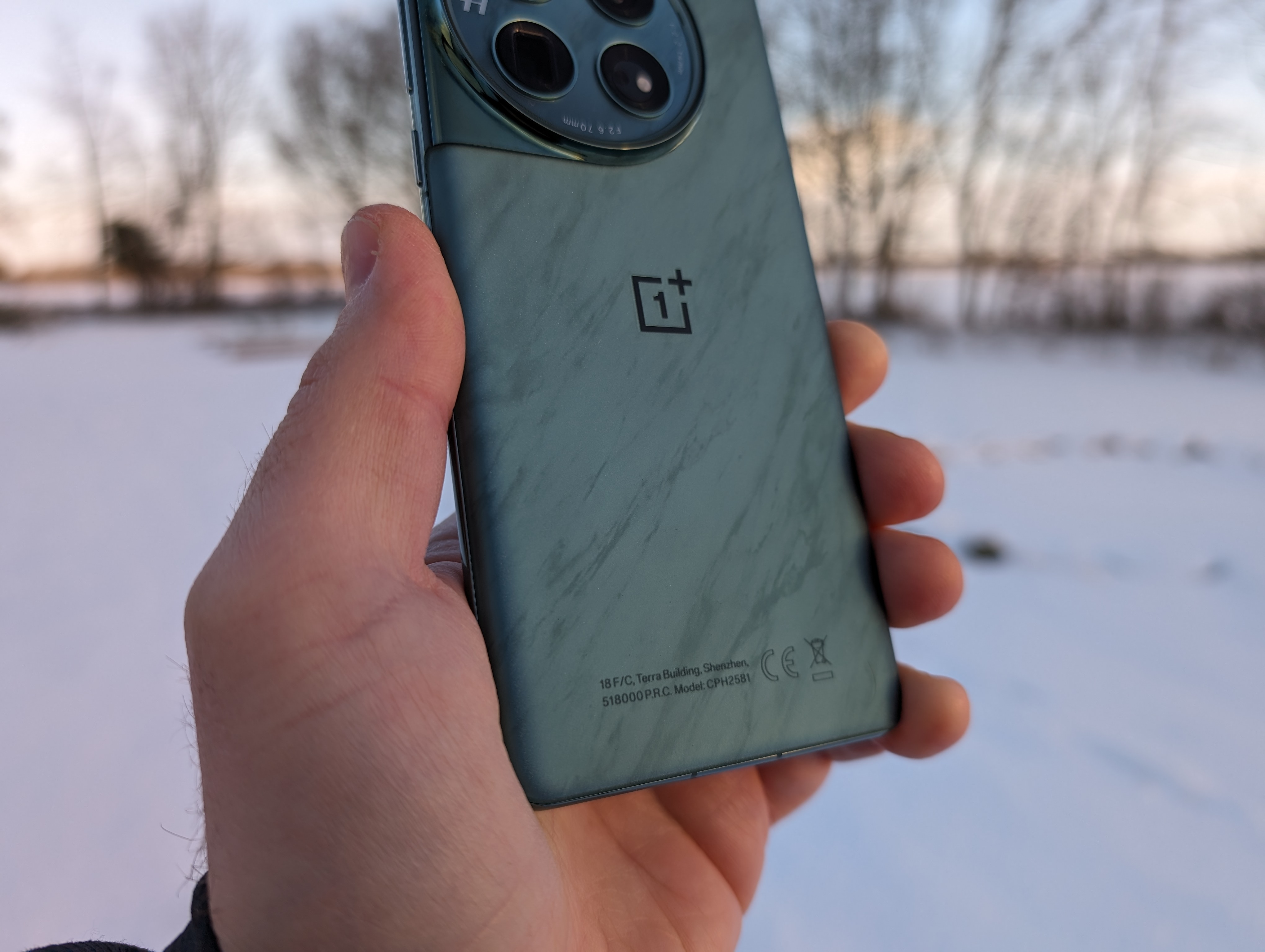
Jumping to the back, we can see this year's special color in the Fluttering Emerald Green version, which we got to test. It's a beautiful and different color with a marble look that makes the phone stand out. The phone is also available in a more muted Silk Black version.
What both have in common, however, is that it is a super comfortable sandblasted surface. Here the OnePlus continues to win good points with me as it remains one of the most comfortable surfaces on a phone in my book.
At the same time, the surface is fantastic at repelling fingerprints and dirt in general, so your phone looks nicer for longer.
On the back we can also see the camera setup, which has become a good notch bigger this year. It is a setup consisting of a 50 megapixel main camera with a Sony LYT-808 sensor and optical image stabilization. It is joined by a 48 Megapixel Ultra Wide Angle camera with a Sony IMX581 sensor and finally a 64 Megapixel periscope camera with an OmniVision OV64B sensor and the option of 3x optical Zoom and 6x sensor-based Zoom.
All that is rounded off with a 32 megapixel front camera with a Sony IMX615 sensor.
Software
We are of course dealing with an Android phone. We are updated to the latest Android 14, with all the good functionality it brings.
On top of that, OnePlus has added their OxygenOS, which at the time of writing is version 14. It is a relatively muted Android skin that does not fill the phone with a lot of extra apps. There is a bit in the form of, among other things, OnePlus' own OnePlus Store, a note app and a OnePlus Community app. In addition to that, there is a PhoneClone app that can be used if you want to transfer data from an older phone to your new OnePlus 12.
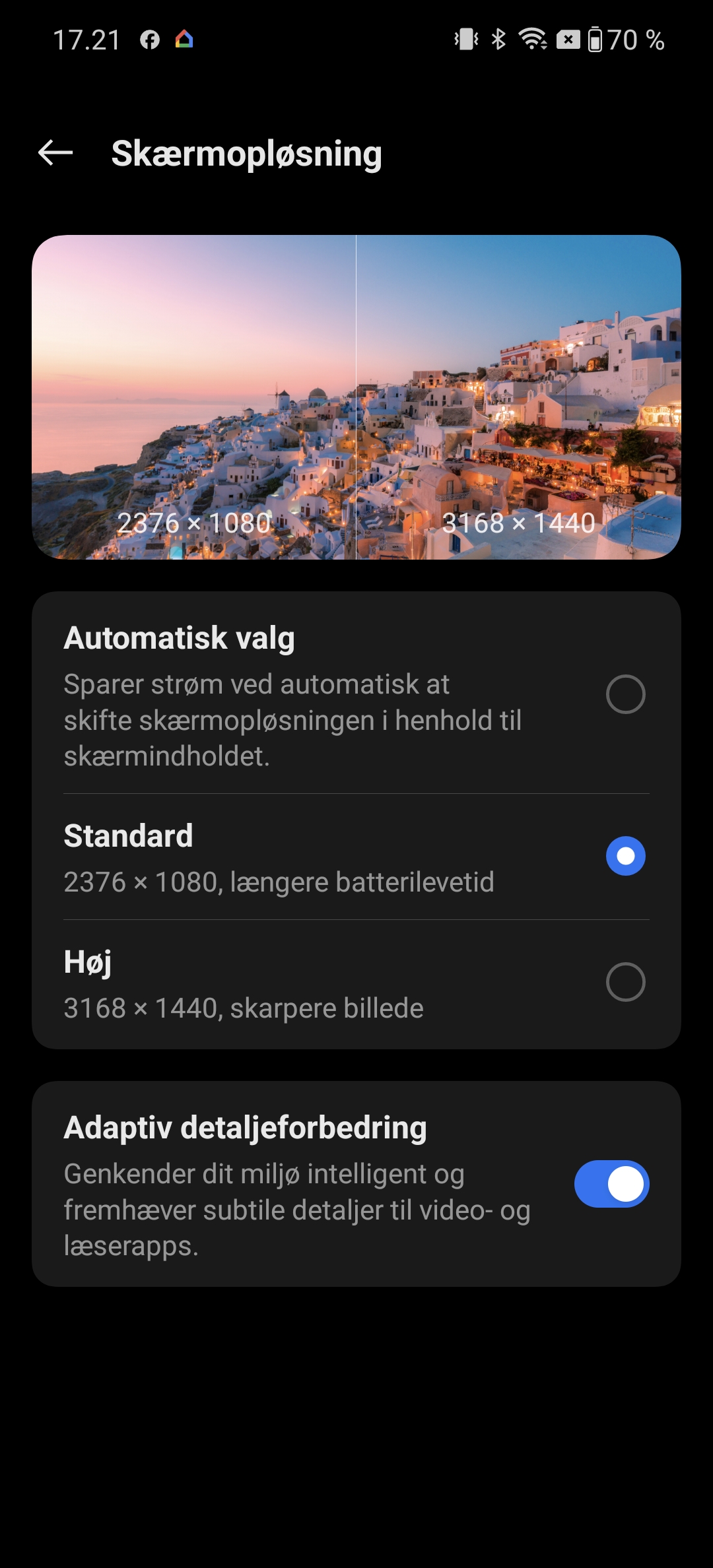
Beneath the surface, however, OnePlus has put a lot of functionality into software. A lot of it is about customizing the phone to exactly your preferences. It is both in appearance, but also things like navigation, battery or shortcuts can be customized in a multitude of different ways.
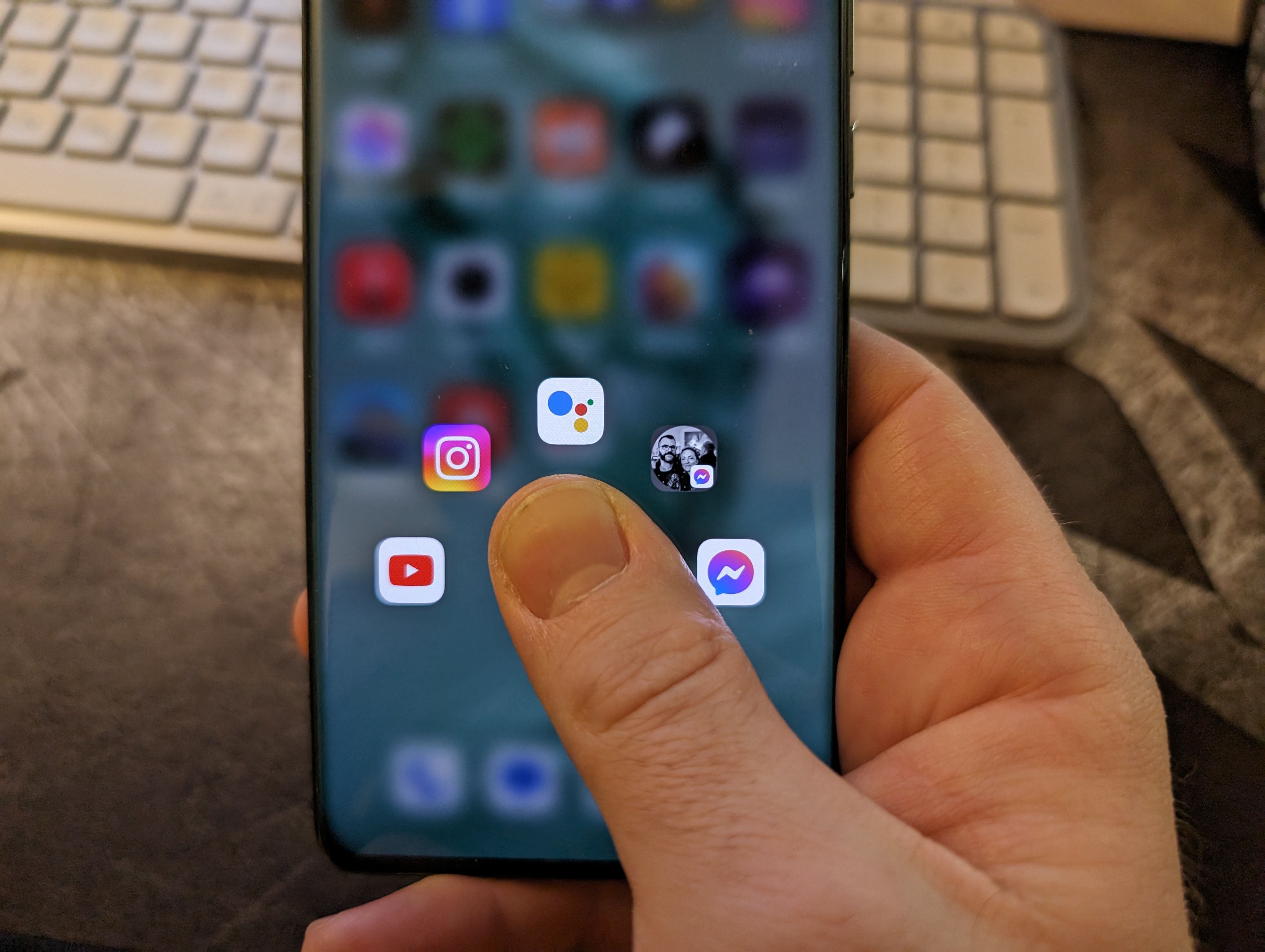
There is really a lot to dive into, and for someone like me who likes to have these kinds of options, it's nice to see that I can decide the size of UI elements, app grid, animations, colors, etc. myself.
Camera
OnePlus has not always received high praise for their camera setups, despite collaboration with Hasselblad. That collaboration also continues on the OnePlus 12, but is, as before, a collaboration that is mostly expressed in the software. Hasselblad cameras are big animals, so it is obviously limited to much of the physical tech that can be squeezed into a smartphone.

However, the experience of the cameras on the OnePlus 12 is generally a good experience. The main camera provides some really good images that have a good color representation and a good level of detail.

There is not an excessive amount of image processing, and in general I would say that you can generally count on what you see in your viewfinder being what will end up being captured in your album.

The weakest point is in low light, where things can sometimes end up being a bit washed out and soft in the details.
It is possible to take pictures and video in 10-bit color mode. However, this will mean that your images will be saved in the HEIF format, which may limit usability.
There aren't quite as many smart photo functions as in a Google Pixel, but after the initial interest, it's not something I use on a daily basis either, so you can ask yourself how much it should weigh in an assessment .

Just as we have experienced before, the collaboration between OnePlus and Hasselblad is not exactly super clear. As we have seen previously, this is expressed in the XPAN format, which comes in two versions.
On top of that, there are a few Master filters that can be used to spice up your photos and videos.

On the video front, the OnePlus 12 also performs respectably with the option to record up to 8K at 24 FPS. Personally, however, 4K at 60 FPS was my preferred level.
If you want to make use of the Ultra Steady stabilization on video, however, you are limited to 1080p at 60 FPS, as the maximum resolution. It is, however, a super solid stabilization you get from the OnePlus 12, so a run and various action shots are no problem here.
See images in full resolution here.
The test
I've had the OnePlus 12 over a few weeks for testing. It has been a nice acquaintance and there is no doubt that OnePlus has filled the phone with high-performance hardware.
The combination of Snapdragon 8 Gen 3, 16 GB of RAM and super fast storage means you have a phone that has no problems chewing through even heavy tasks. There hasn't been anything I've been able to throw at the phone that has come close to dulling it.
The internal hardware together with a 120 Hz OLED screen means that navigation on the phone is super fast and fluid. Part of that can perhaps be attributed to what OnePlus calls their Trinity Engine.
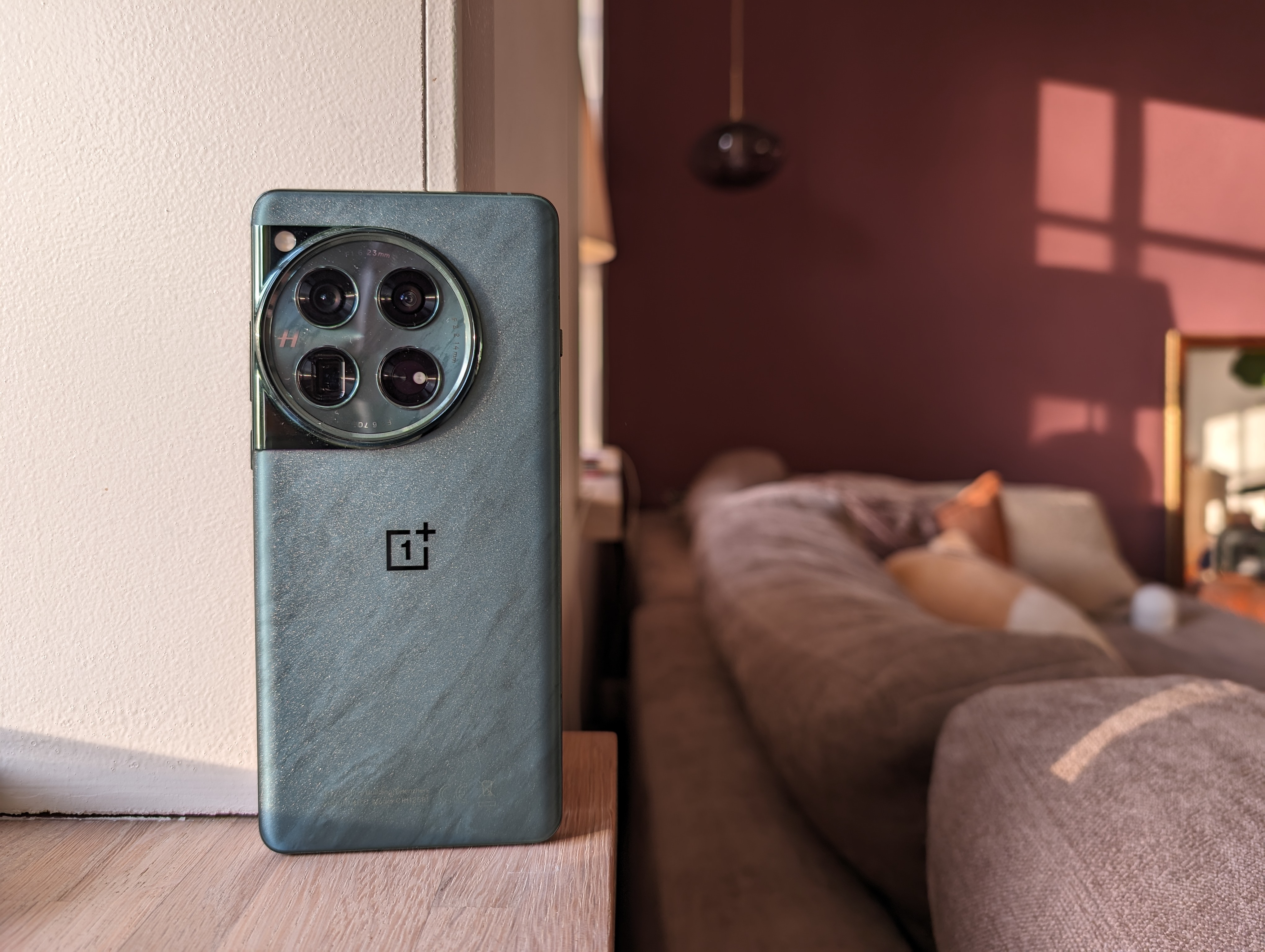
It is a system that must ensure better communication between the various software and hardware layers in the overall system. So hardware and software work more efficiently and quickly together.
In relation to gaming, OnePlus has made a secondary processor which they call Pixelworks X7. It works in collaboration with the main processor to, for example, improve performance and the experience in games. Among other things, it can improve resolution and contrast in games, without the game developer having had a hand in the game.
This means that even old games can feel and look newer than they are. There is also the option of what OnePlus calls Adaptive Frame Booster which, just as the name suggests, can boost the framerate of games. In the same way as we see for example with Nvidia and AMD on PC, with things like DLSS Frame Generation.

All the extra performance naturally requires cooling and this is managed via the largest vapor chamber on any smartphone at the moment. This means that squeezed inside the phone is 9140 mm2 of vapor chamber surface, which is dedicated to heat distribution
It has worked during my test and I have not at any time, even after prolonged gaming, experienced that the phone became uncomfortably hot.
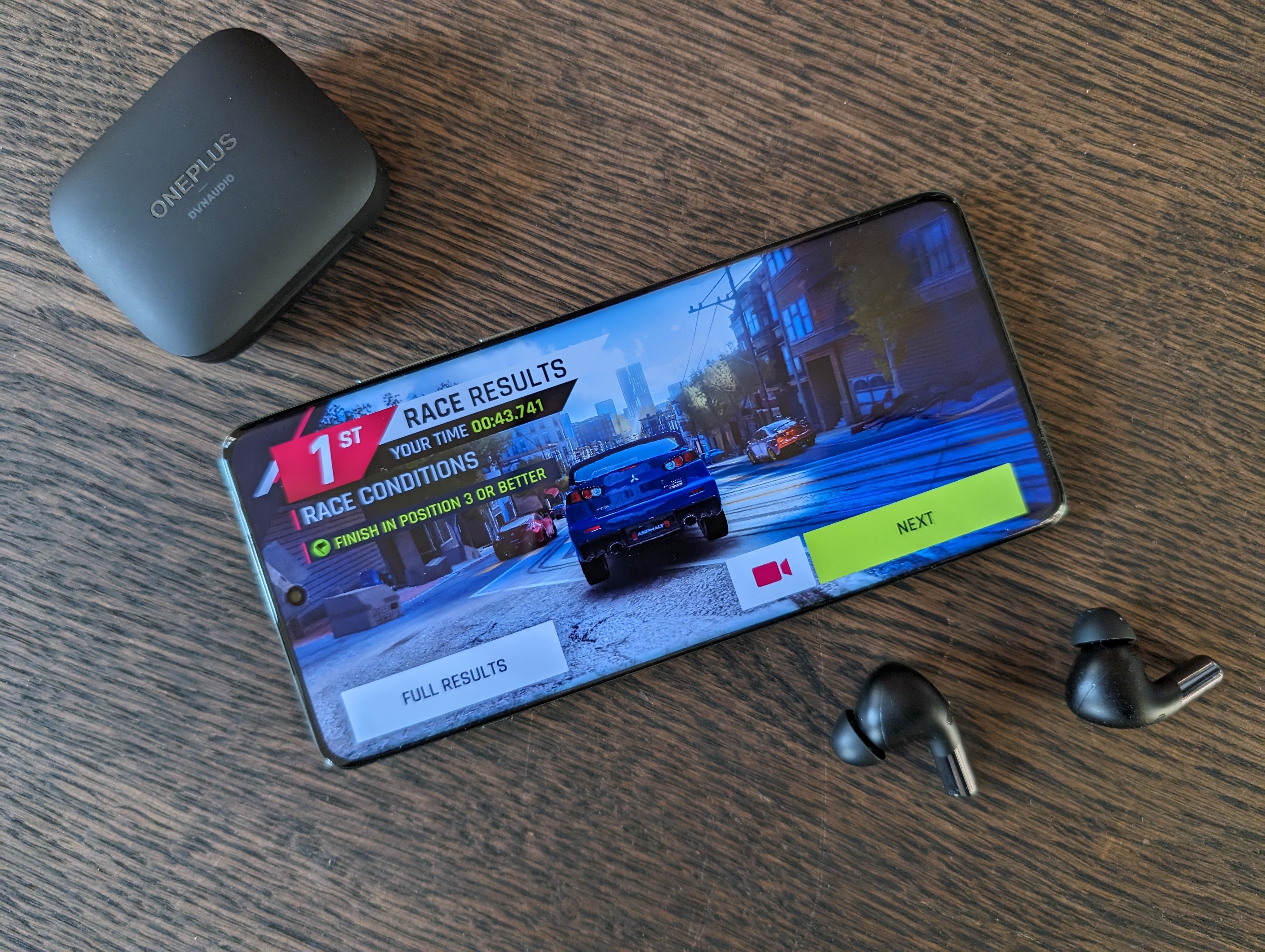
Cooling also plays a role in the OnePlus 12 and its battery. Here too, OnePlus has worked with what they call the Battery Health Engine. It is a series of built-in sensors and a Power Management chip that ensure that the temperature is kept at an optimal level. It extends the life of the battery and ensures optimal charging.
Just as I have experienced on previous visits to OnePlus phones, the battery has been one of the big winners for me. The large 5400 mAh battery has enough power for a whole day. However, the powerful hardware can drain the battery, so you should not expect to get several days of use out of the phone, unless you activate power-saving functions or, for example, limit the screen's resolution and refresh rate.
However, this is no problem because SUPERVOOC 100W charging means that battery and power are not something you think about at all with the OnePlus 12. Even short trips past the charger mean that you have plenty of power. A 100% charge can be achieved in less than half an hour.
Price
At the time of writing, the "small" version of the OnePlus 12 with 12GB RAM and 256GB storage has a suggested retail price of around 800$,
If we look at hardware and performance compared to, for example, the new Samsung Galaxy S24 Ultra, the OnePlus 12 manages to come at an incredibly sharp price.
Conclusion
I'm having a hard time finding any major complaints after my time with the OnePlus 12. Ultimately, it's minor things that partly end up being personal preference. For example, I would have preferred that there was a completely flat screen instead of the rounded edges.
When we're down to this kind of pedisses, it's nothing to get excited about.
Overall, OnePlus has made a monster of a smartphone that is packed with powerful hardware and good software.
The combination is a joy to use. Especially for a tech geek like me who likes to customize and get things the way I want them.
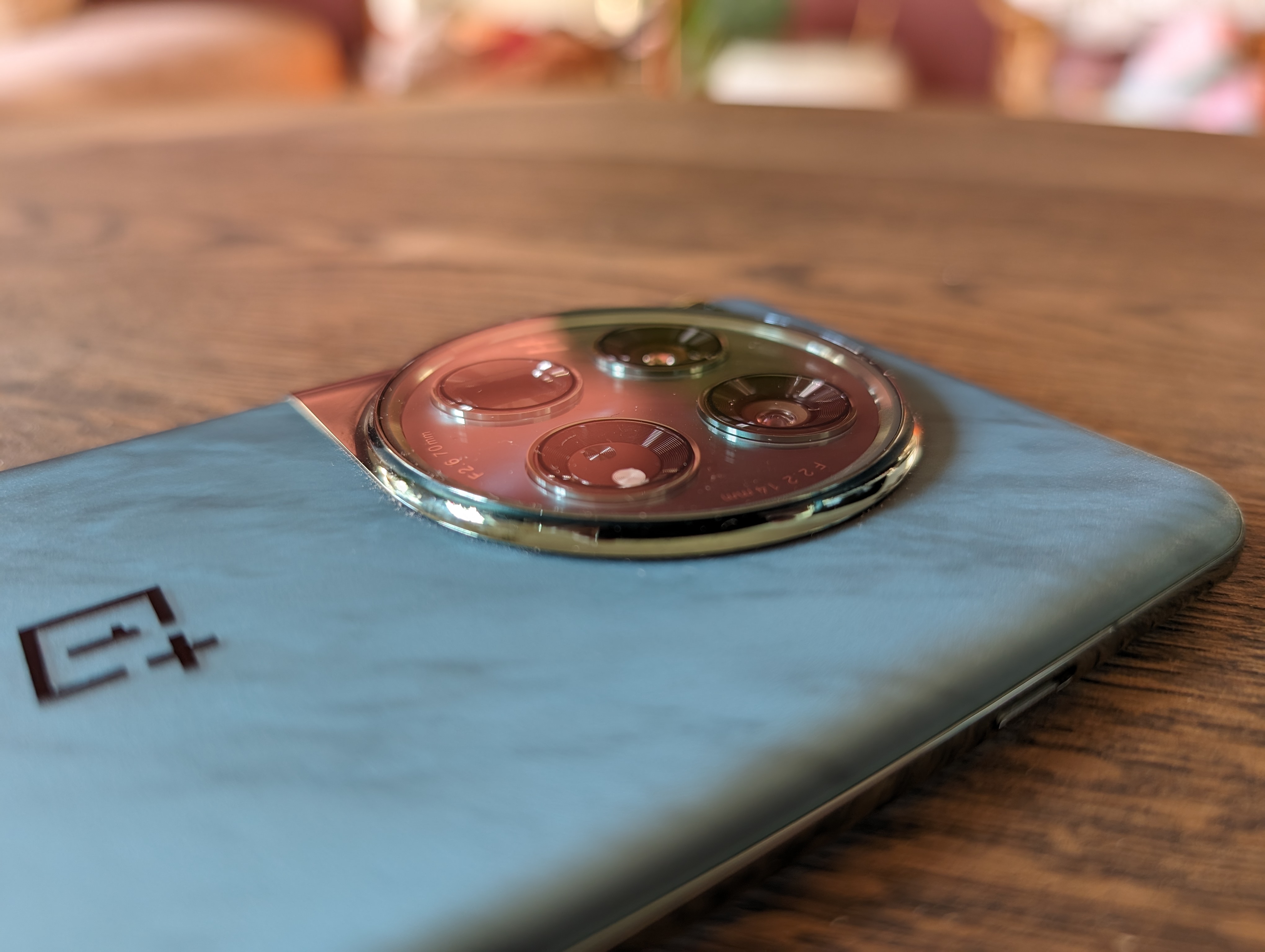
There is enough performance and battery for everything I've needed and I'm still a little in love with the lightning fast charging.
When all that can be had at a price that is well below comparable flagship phones, it's hard to be dissatisfied.
We end up with a final grade of 9 and a Great Products Award for a smartphone that is worthy of the Flagship title.
Pros:
- Powerful hardware
- Good software
- Nice screen
- Super fast charging
Cons:
- Nothing noteworthy

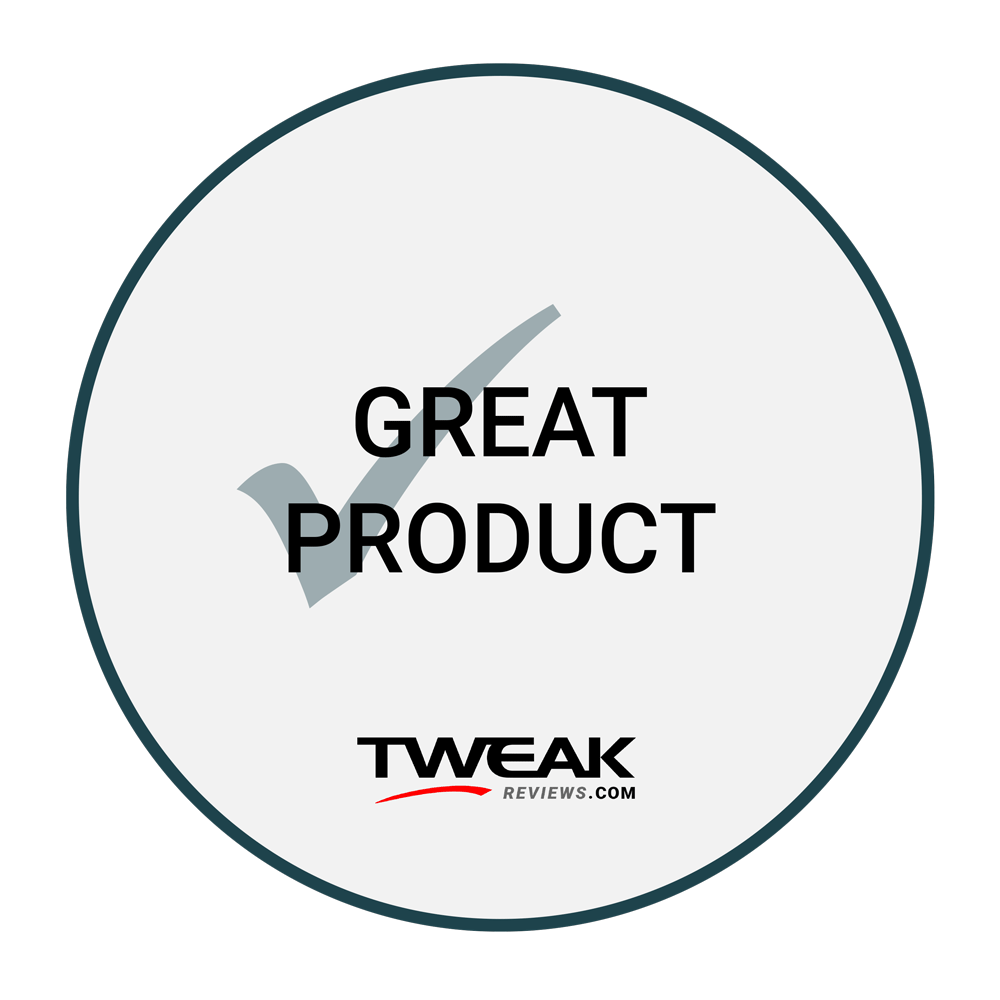
Latest smartphone
-
18 Febsmartphone
-
07 Jansmartphone
OnePlus 13
-
03 Decsmartphone
OnePlus 13 will launch globally in January 2025
-
25 Octsmartphone
OnePlus launches OxygenOS 15
-
17 Octsmartphone
OxygenOS 15 goes live on October 24
-
20 Sepsmartphone
Apple can be forced to open Siri
-
10 Sepsmartphone
A18 Pro chip in iPhone 16 Pro is 15 percent faster
-
10 Sepsmartphone
Apple's event brought lots of news.
Most read smartphone
Latest smartphone
-
18 Febsmartphone
OnePlus Watch 3 now hits stores
-
07 Jansmartphone
OnePlus 13
-
03 Decsmartphone
OnePlus 13 will launch globally in January 2025
-
25 Octsmartphone
OnePlus launches OxygenOS 15
-
17 Octsmartphone
OxygenOS 15 goes live on October 24
-
20 Sepsmartphone
Apple can be forced to open Siri
-
10 Sepsmartphone
A18 Pro chip in iPhone 16 Pro is 15 percent faster
-
10 Sepsmartphone
Apple's event brought lots of news.






